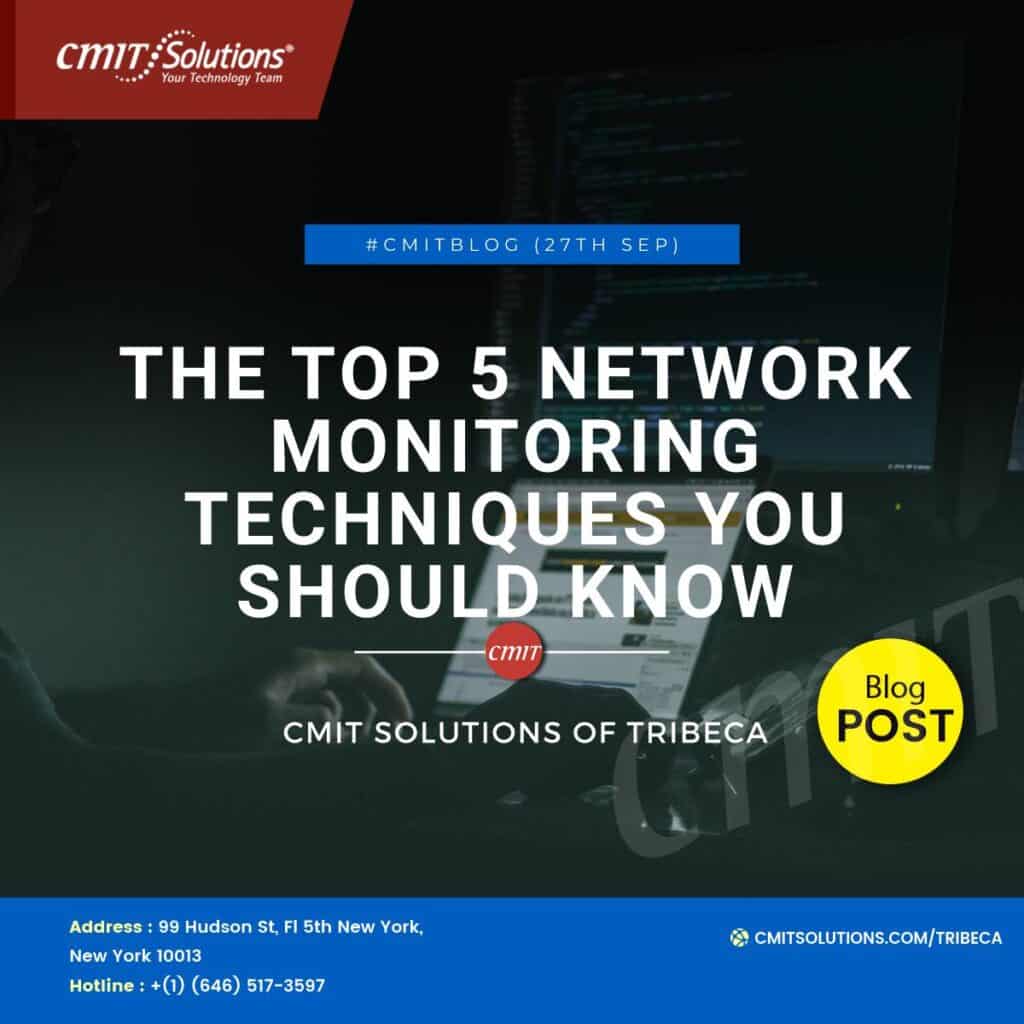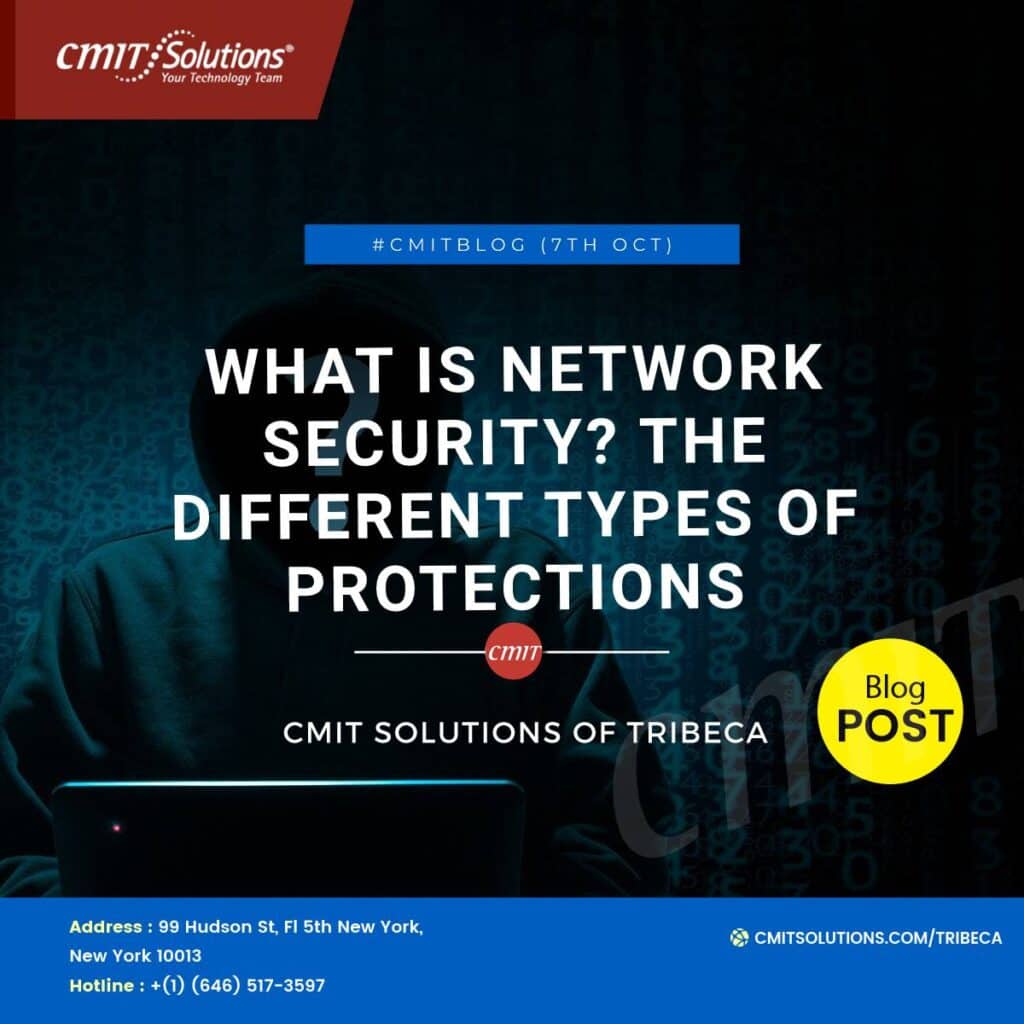The first step is to make sure you adhere to best practices in order to stay current with data security trends. Your professional security professionals require a unique set of expertise. We’ll look at what your company and the appropriate security engineers require in this section to safeguard your network and data.
Security engineering
It is crucial to consider security from the start and to put up security barriers. A network can be shielded from dangers by security experts who design networks from the ground up to be trustworthy, secure, and safe. Systems created by security engineers safeguard the right things in the right manner. A security engineer‘s objective is to ensure things don’t happen by designing, implementing, and testing full and secure systems, as opposed to a software engineer’s objective, which is to ensure things do happen (i.e., “click here, and this happens”).
To keep a network closed down and secure on all fronts, security engineering encompasses a wide range of techniques, from routine security testing and code reviews to developing security architecture and threat models.
Encryption
The actual data and files that are kept on them or transferred between them over the internet are protected by encryption, just as security engineering secures the network and physical assets like servers, PCs, and databases. In order to safeguard hard drives, data, and files while they are in transit—in email, browsers, or on their route to the cloud—encryption solutions are essential for every business using the cloud.
Encryption makes it harder for hackers to do anything with intercepted data. This is so that, in the absence of the encryption key, unauthorized users cannot read encrypted data. For encryption to be successful, it must be carefully incorporated into your network and current workflow, not just added as an afterthought.
Reports on breach and intrusion
Intrusion detection will detect any suspicious-looking activity on the network, such as an attempt to break in by someone or something. Network intrusion detection systems (NIDS) continuously scan network traffic for activity that appears suspicious or out of the ordinary, flagging it for further investigation. In addition to blocking the traffic, NIDS also collect data about it and notify network managers.
Despite all of this, breaches continue to occur. To create a data breach response plan, it’s crucial to consult a breach response specialist. You need to have an effective framework in place and be prepared to move quickly. The framework can be updated as frequently as necessary, for instance, if you need to address new threats or make modifications to network components. A strong breach framework will guarantee that you have the tools and a clear plan in place for sealing the breach and what happens next, whether that’s obtaining legal counsel, having insurance coverage, data recovery procedures, or informing any partners of the problem.
Firewall development
How about preventing unauthorized users and malicious applications from accessing your network? Firewalls are programmes created with a set of rules to prevent unauthorized users from accessing your network when it is connected to the internet. This is an excellent technique to ensure that only the proper individuals and files are passing through while connected to the web. They are great lines of defense against virus intrusion and data interception, and they also prevent sensitive information from leaking, such as passwords or secret data, from leaving your network.
vulnerability assessment
Hackers frequently search networks for gaps and weaknesses both actively and passively. Professionals in security analysis and vulnerability assessment play a critical role in locating potential gaps and plugging them. To identify any weaknesses in a computer, network, or communications infrastructure, security analysis software is utilized. With “protect, detect, and react” security plans, each is given priority and addressed.
Penetration testing
In order to discover potential threats, vulnerability analysis may also involve purposeful probing of a network or system for vulnerabilities. Testing for vulnerabilities is another name for this. It’s a great method to make a plan to repair vulnerabilities and safely identify them in advance. A network administrator experienced in penetration testing may help you find these weaknesses and patch them so you’re less likely to have an attack, whether there are faults in the operating systems, difficulties with non-compliance, application code, or endpoint concerns.
Penetration testing includes running servers, apps, networks, and even end users’ devices through manual or automated processes to see if it’s possible. It also aims to identify the precise location of the break-in. Companies can use this information to provide a report for auditors as evidence of compliance. A prioritized list of vulnerabilities to watch is also provided.
By eliminating costly assaults in vulnerable places you might not have realized existed, a thorough penetration test can help you save time and money. Running penetration testing on a regular basis is a wonderful approach to prevent issues from developing because system downtime can be another frustrating side effect of malicious attempts.
It should be somewhat continual; penetration testing shouldn’t be a one-time thing. On particular instances, such as when you establish a new office location, install security patches when they are released, or make any significant modifications to the infrastructure of your network, you might also wish to hire a penetration testing specialist.
Event management and security data
You can use security information and event management to monitor every touchpoint as an even more comprehensive line of protection (SIEM). Any information concerning IT security-related activity that may occur anywhere on the network, including on servers, endpoint devices, or security software like NIDS and firewalls, is monitored and gathered by SIEM, an all-encompassing approach. Then, in order to manage it, analyze those logs in real-time, and spot any patterns that stick out, SIEM systems collect and centralize that information.
It’s crucial to work with a knowledgeable SIEM administrator because these systems can be difficult to set up and manage.
Cybersecurity SSL, TLS, and HTTPS
The fact that the internet is seen as an unsafe network is frightening, especially when you consider that it serves as the primary means through which we transmit and receive information. To prevent us from unintentionally disclosing our private information online, there exist several standards and protocols for how information is conveyed over the internet. Data supplied and received by browsers can be hidden and protected via encrypted connections and secure pages with HTTPS protocols. To establish a secure communication connection, encryption is used. Professionals in internet security can use TCP/IP protocols (which have cryptography safeguards) and encryption techniques like Secure Sockets Layer (SSL) or Transport Layer Security (TLS).
It’s crucial to install and keep updated anti-malware and anti-spyware software. Anti-malware software scans incoming internet data for malicious software such as Trojan viruses, spyware, and adware.
Endpoint Threat Detection and Data Loss Prevention (DLP)
By using proper security procedures, such as running the most recent version of their operating system and using antivirus software, people may fend off ransomware attacks. Organizations with numerous employees, vulnerable systems, and facilities, however, face a different set of challenges.
The weakest link in the security chain is frequently your actual users and the equipment they use to access your network (such as mobile phones, laptops, or mobile point-of-sale systems). Wherever data enters and exits the network most frequently—with users—an endpoint security specialist can assist in preventing loss and theft of that data. Implementing multiple protection layers, such as authorization technology that gives a device access to your network, may be assisted by an expert in endpoint security.
Data loss prevention
Data loss prevention is another crucial security measure included in endpoint security (DLP). In essence, this includes the measures required to make sure that sensitive data is never unintentionally or intentionally sent across the network. DLP software can be used to monitor the network and ensure that authorized end users aren’t duplicating or distributing sensitive information or data.
Conclusion
When handling significant volumes of sensitive data, businesses must rely on experts in the field of data security. It’s crucial to keep in mind that better data security doesn’t happen quickly (and shouldn’t be something you only visit once).
Not sure where to begin? For some security advice, think about speaking with an information security analyst. Prioritize the actions that will have the most impact on protecting your company’s data and that of your users, and review your security plan frequently.







